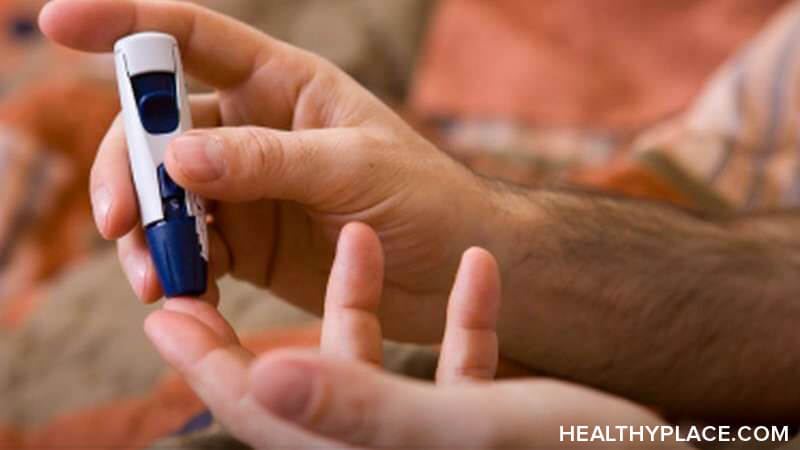How Is Dissociative Identity Disorder (DID) Diagnosed?

Diagnosing dissociative identity disorder (DID) is done with two things in mind:
- ruling out other possible diagnoses
- ruling in dissociative identity disorder (DID)
In fact, ruling out other diagnoses is so critical to a dissociative identity disorder diagnosis, that one might even say that diagnosis of dissociative identity disorder is an exclusionary process. It is because so many other mental health disorders must be considered first that most people do not receive a DID diagnosis promptly. It's estimated that people with DID spend seven years in the mental health system prior to receiving the correct diagnosis (What’s It Like Living with Dissociative Identity Disorder).
When Diagnosing DID, What Else Could It Be?
Many of the signs and symptoms of dissociative identity disorder overlap with other psychiatric disorders. For example, auditory hallucinations are common in DID as well as in schizophrenia. In clinicians not well educated in dissociative identity disorder, an incorrect diagnosis of schizophrenia is common.
Additionally, in a study by Tezcan et al of patients with dissociative disorders, all patients suffered from an additional disorder. Comorbid disorders, as they are known, make the diagnosis of underlying dissociative identity disorder more difficult.
When diagnosing dissociative identity disorder, the following need to be ruled out:
- Temporal lobe epilepsy – dissociation is more common in temporal lobe epilepsy than in any other neurological disorder.
- Schizophrenic disorders – as mentioned, some symptoms do overlap but there are several ways to tell the difference between schizophrenia and DID. One of which is that people with schizophrenia hear voices from outside their heads whereas in DID, the voices heard are from within.
- Borderline personality disorder – according to two studies, people with DID commonly have a comorbid borderline personality disorder; however, not all do. In the case where both disorders are present, DID is likely to be treated first as working with alternate personalities provides an avenue of therapy that is not available when treating the individual only as a whole.
- Malingering – malingerers make up or inflate symptoms to seem sick when they are not due to secondary gain (because there's some advantage for the patient). This is ruled out based on an individual's circumstances.
- Dissociative amnesic disorder – it can be difficult to differentiate between these two disorders but, according to Medscape, "With other dissociative amnesic disorders, behavior may be complex, but recovery is often complete, recurrences are less common, and the onset of amnesic spells may be intimately related to stressful events or to ingestion or intoxication."
How Is Dissociative Identity Disorder Diagnosed?
Diagnosing dissociative identity disorder must always be done by a mental health professional such as a psychiatrist or psychologist, preferably one with experience with dissociative disorders. An initial assessment may be done by a general practitioner (family doctor) with referral to a psychiatrist or psychologist once other conditions have been ruled out (Read about famous dissociative identity disorder cases).
A dissociative identity disorder assessment will start with a complete psychological and physical health history. While there is no specific test for dissociative identity disorder, medical tests may be ordered to help rule out other causes of dissociative symptoms such as a neurological disorder, medication side effects or intoxication.
Once other causes of dissociative symptoms have been ruled out, a specially designed interview and personality assessment tools are used to evaluate a person for a dissociative identity disorder diagnosis.
APA Reference
Tracy, N.
(2022, January 4). How Is Dissociative Identity Disorder (DID) Diagnosed?, HealthyPlace. Retrieved
on 2025, October 28 from https://www.healthyplace.com/abuse/dissociative-identity-disorder/how-is-dissociative-identity-disorder-did-diagnosed






